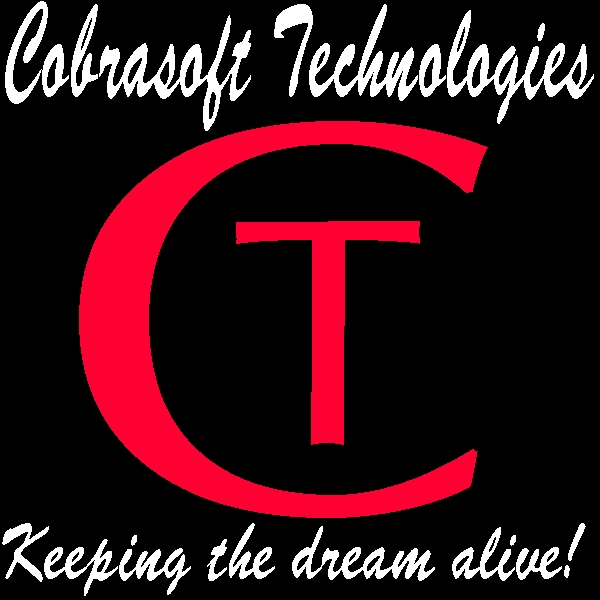|
|
|


The History of the Atari Jaguar
Atari was looking for a new way to keep there ailing company afloat. Their very profitable home computer division was slowly fading away. It seems that the now cheaper mass produced Windows PC's were taking the market over. So the heads at Atari decieded to try the home game console market once more. Trying to make Atari a household once again, would be no easy task.
So Atari started there own in house project called the "Panther". The Panther was to be a 32 bit system, it would leapfrog the other game systems currently on the market. But while in development a company called Flare, ran by Martain Brennan and John Mathieson, approached Atari about a game system they were developing. They needed money to continue development and Atari was the only company that listened. Within a short time Atari decided to go for it. They were developing both systems at the same time.
In 1992, the first leaks about the Panther were starting to surface. Atari even was saying there new machine would be a "Nintendo killer". It was to run on a MC6800 CPU at 12 mhz, it had an Object CPU called "The Panther", could display 8,192 colors at one time, and had a sound CPU by "Ensoniq" capable of 4 channel, 8 bit sound. Development went as far as a system can go without being released. Units were shipped to development houses for software development and Atari even gave a Christmas 1992 release date.
Then news from the devlopment team at Atari, changed everything. It seemed that progress on the Jaguar was much further than was thought. If Atari released the Panther, the Jaguar would only be two years away. So Atari decided to axe the Panther. All the proto-types were collected from the development houses and they were paid for there time. \par par The public was now informed of the new system. The public seemed to love the idea. Atari started down sizing the company in europe to put all their funds into the Jaguar. This project was either going to save Atari or kill them. They started promoting the system heavily and signed 150 developers to design games for the new system. But the next christmas season was approaching fast. Atari signed IBM to build there machines and things were looking good. But behind the sceens Atari was scrambling to get there development tools for programers ready.
The Atari Jaguar was launched at christmas time, 1993, in San Fansico and New York. The launch seemed to be a success. The system sales were strong and things looked good. But IBM was running short on units and software was not being developed fast enough. Atari had to step up development fast, or the system would fail.
1994 was a bad year, a system that showed so much promise was faultering. Software titles were late, production was slow and customers, along with developers, were getting uneasy. The Play Station and Saturn development kits were now in developers hand. They were much easier to develope on and many Atari developers jumped ship. The only bright spots were Tempest 2000 and Alien vs Preditor.
In 1995 Atari released the long awaited, and delayed, Jaguar cd-rom unit. It was a fine piece of technology. It was bundled with Blue Lightning, Tempest 2000 soundtrack, Myst (DEMO) and Vid Grid. The most impressive thing about it though, was something that was built in, The Virtual Light Machine. It was more entertaining than the games. Atari also released many cd titles at launch time, but it would not save them.
In 1996 Atari reverse merged with JTS. JTS had promised Atari stockholders that Jaguar production and development would continue. It turned out to be far from the truth. As soon as JTS took control they stopped everything and started dumping inventory. This would be the end of Atari as we know it.
Then in 1998 JTS ceased operation. Hasbro bought all properties and patents of Atari from JTS for $5mil dollars. What a deal for all those great games.
If you think thats the end of the story your wrong. In 1999 Hasbro made a bold move. They made the Atari Jaguar an open system, meaning anyone could produce games for the system and they would not bother them. The only catch was they asked the Atari or Hasbro named not be used. Since then, many great new games have been brought to the market. Many of which were thought to be lost forever.
I hope the Jaguar lives on for many, many more years.
Copyright 2000 Robert Dutcher All Rights Reserved